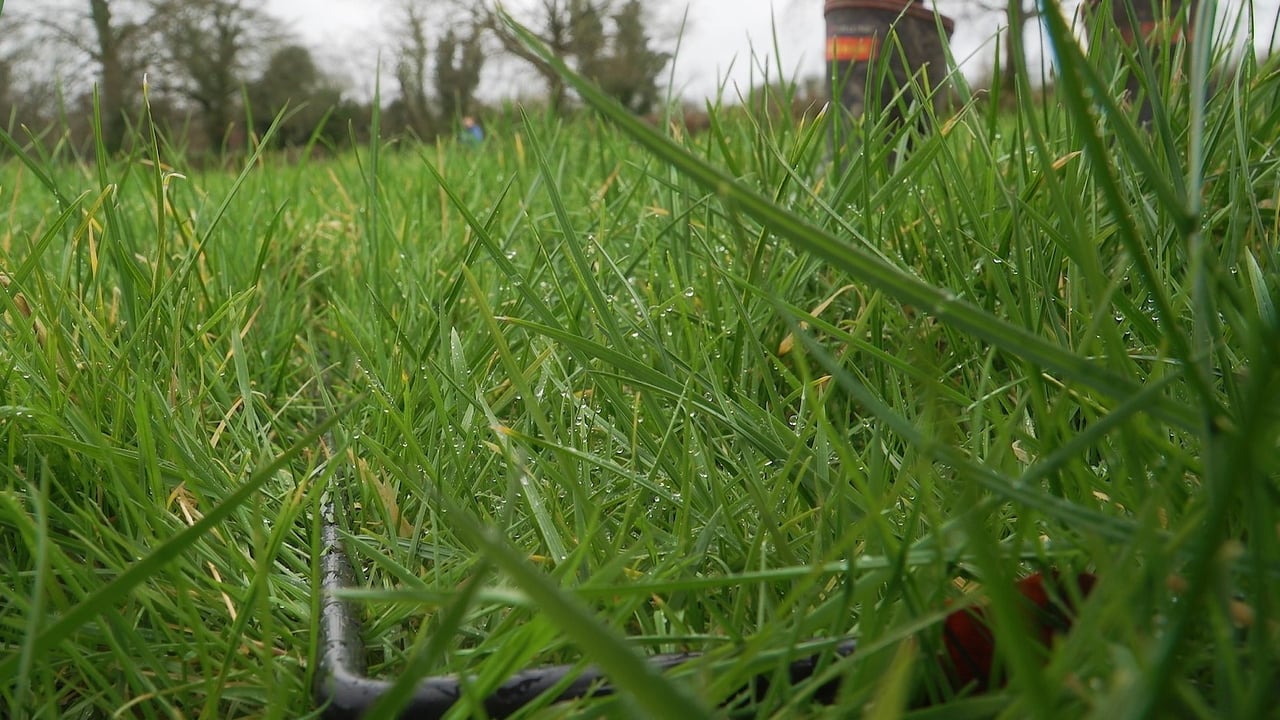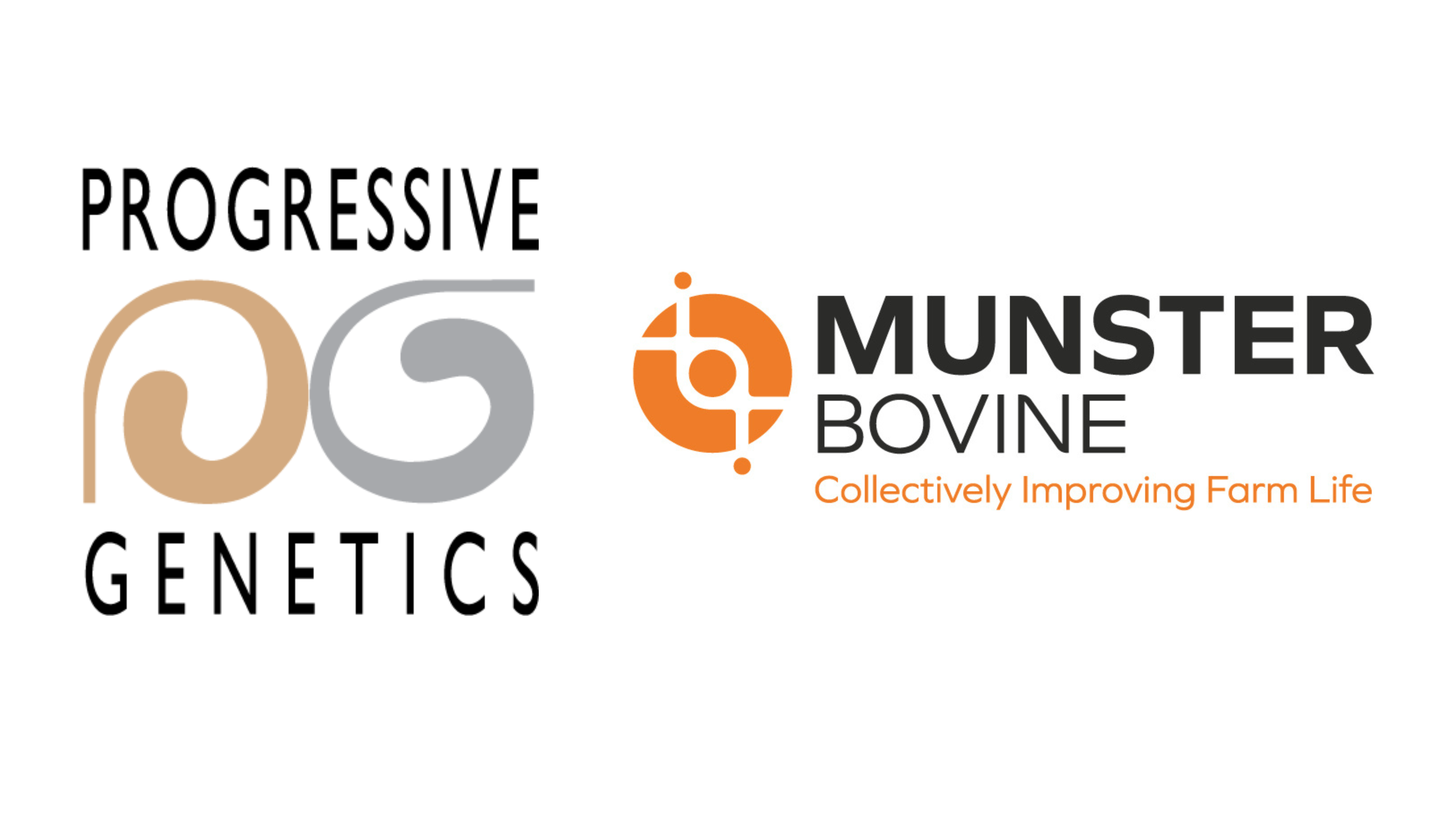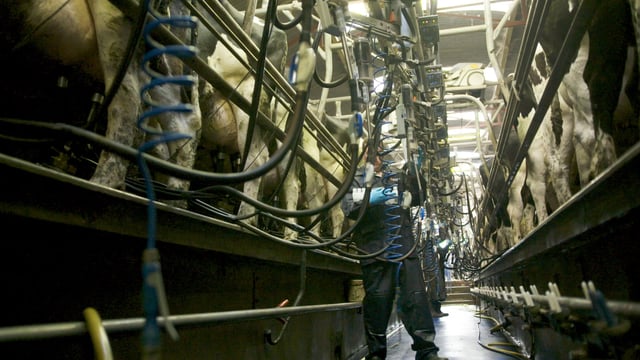Country split between farms in either grass deficits or surpluses
Drier parts of the country, particularly in the south-east, are experiencing a grass deficit while south-west, west, and midland counties are trying to deal with surpluses.
Grass-deficit farms are making up the minority, but with the dry and warm weather looking to continue for the next number of days, shortage of rainfall could potentially lead to further soil moisture deficits.
However, currently 49% of all farms are in a grass surplus this week, according to PastureBase Ireland which means that paddocks may have to be corrected for quality, meal reduced, and rotation shortened.
The picture is quite different down the south-east of the country as many farmers are currently feeding extra palm kernel and feeding out bales to try and extend the grazing rotation and keep grass in front of cows.
This highlights the importance of understanding your own grass situation and to tailor the advice accordingly, and which can only be done effectively through walking the farm at least every five days.
This allows farmers to see a potential surplus or deficit in grass, so they can either decide to take out bales for silage and/or reduce meal in a surplus, and in a potential deficit to alter the diet accordingly and potentially allocate more ground or feed supplementary feed.
With the warmer conditions into the weekend, grass growth is expected to increase with growth predicted to be 60kg of dry matter (DM)/ha on average across the country.
Farmers that are in a surplus should aim at bringing down their cover/livestock unit (LU) to 160-180kg DM/LU, as it currently sits at an average of 209kg DM/ha and an average farm cover of 709kg DM/ha.
For farms in a surplus, they need to be allocating 18-19kg of grass DM and 1-2 kg of meal while keeping the rotation length between 20-21 days.
If grass is getting ahead of the cows and average farm covers and pre-grazing yields are increasing, then farmers should be taking out paddocks for surplus bales to keep quality grass ahead of cows.
When dealing with surpluses, the most important thing is to keep covers of 1,400kg DM/ha in front of cows when the plant is at the three leaf stage, lush, and full of protein.
Try not to get caught up in letting the cows into the heaviest paddocks all the time, but rather those that are ready to be grazed at 1,300-1,400kg DM/ha. The heavier paddocks can then be put aside to be mowed and baled.
Remember that these paddocks are going to have serious offtake in nutrients and they must be replaced straight away.
A paddock with a cover of 2,000kg DM/ha and produces roughly 4 bales/ac will need to be replaced with 40 units of nitrogen (N), 6.4 units of phosphorus (P), and 40 units of potassium (K).
Currently, 16% of farms recording on PastureBase Ireland are tight on grass supply due to a lack of rainfall, and this figure could increase with the dry conditions over the past number of days and that are set to continue.
These farmers must try and hold their average farm cover above 550kg DM/ha. If growth begins to drop below 50 kg DM/ha/day, the rotation length needs to increase to 25 days to be at least achieving pre-grazing yields of 1,250kg DM/ha.
If there are stock in the herd that have been marked for culling and not adding to the business, a farmer may consider getting these cows at least off the milking platform.
The same goes for the likes of calves or replacement heifers that are on the milking platform - if they can be grazed off farm, it would allow more allocation to the milking stock.
Supplementary feed may need to be offered to the milking cows where average farm cover is less than 500kg DM/ha and growth is below demand.





